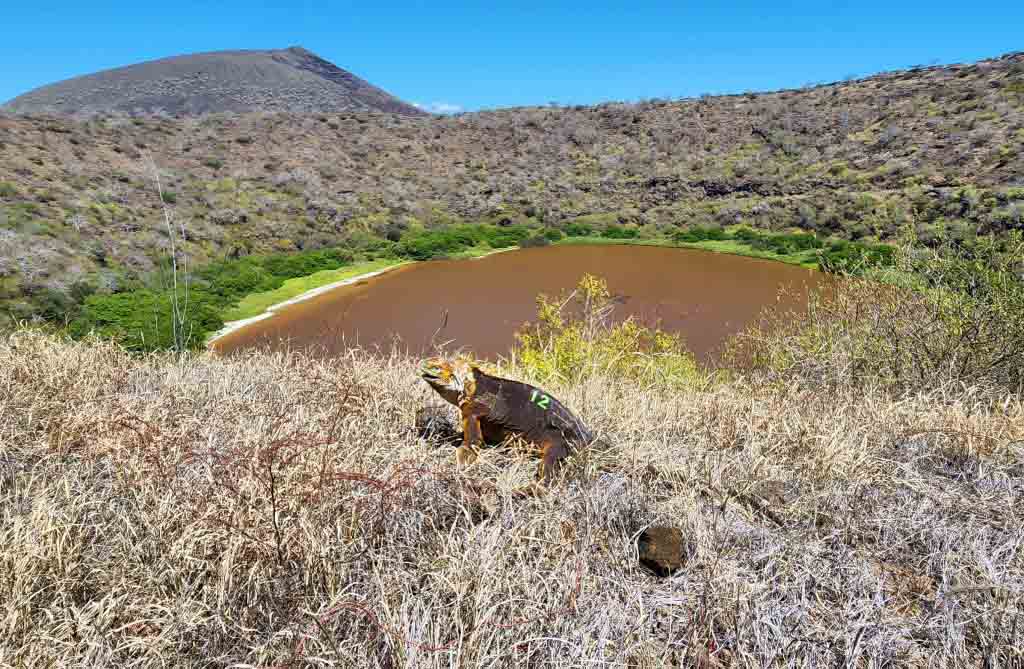Galapagos Conservancy funds the monitoring activities that will evaluate these iguanas’ adaptation to Santiago’s ecosystems. In the final week of July, a team of scientists and park rangers walked approximately 13.9 miles of the island, finding new individuals of different ages and in good health. Dr. Jorge Carrion is the Director of Conservation of the Galapagos Conservancy. He stated that there has been evidence of the Galapagos iguanas reproducing in Santiago. This indicates that the reintroduction has been successful.
Dr. Luis Ortiz-Catedral is the scientific advisor of the Galapagos National Park Directorate. He said positive changes have already been observed on Santiago Island because of the increased number of iguanas. Ortiz stated that the iguanas have changed the dynamics of the island by opening up paths and removing the earth.
Danny Rueda Director of the GNPD stated that this is an unquestionable conservation accomplishment and increases our hope of restoring islands that have been severely affected by human activity.
The ecological restoration of Santiago Island started many decades ago with efforts to eliminate feral pigs and goats. This was an objective that the GNPD reached in 2006. While there are still many challenges to restore ecological integrity to the island, the Land Iguanas return is a crucial step. It represents giving back the ecosystem the missing pieces to reestablish their integrity,” stated Wacho Tapia General Director of Galapagos Conservancy.
Monitoring the actions taken in ecological restoration is crucial. This is why the GNPD and Galapagos Conservancy, Re:wild Galapagos Conservation Trust Galapagos Conservation Trust Island Conservation Trust and Fundacion Jocotoco collaborated to evaluate the land iguanas in Santiago.

Land Iguana on Santiago Island @Galápagos National Park Directorate



